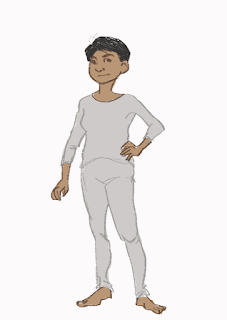Reading
Sylvia Plath was very much part of our rites of passage growing up.
wonder | wander | world greatly anticipates the recent release of two volumes of her letters published by Harper Collins.
Between February 18, 1960, and February 4, 1963, a week before Sylvia Plath committed suicide, at the age of thirty.
She sent a series of candid letters to her close friend and former psychiatrist, Ruth Beuscher. What has happened to these documents in the intervening years is a case study in Plath’s legacy.
The fiftieth anniversary of Plath’s death came and went in 2013. Almost all the major players in this story are now dead.
[F]or most of Plath’s readers a vexed affinity endures. When I discovered Plath in high school (as many still do), I remember the feeling of being an interloper in a totally absorbing story.
Much of Plath’s letter-writing is consumed with a day-by-day account of rents, leases, meals, of diaper-changing, bicycle-hawking, bill-paying.
These onerous preconditions for writing and mothering and being a wife had to be brokered all by herself, all for herself.
Plath had none of the leisure for contemplation that we associate with male writers. Her muses were economy, thrift, and the clock.
[W]e see Plath stripped of the mythos that her creativity has accrued, and more astonishing without it.








